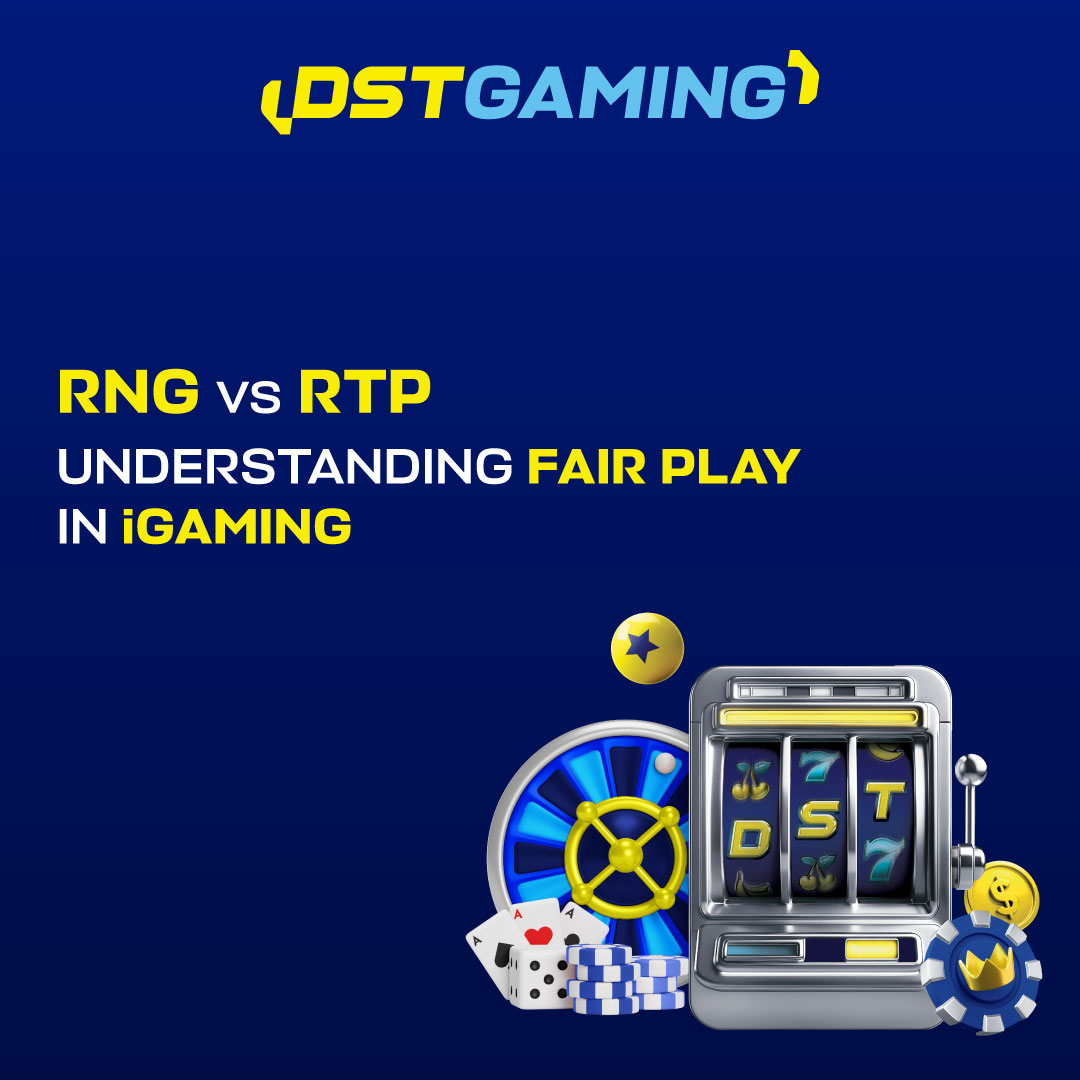
RNG vs RTP: Understanding Fair Play in iGaming
Players ask one thing again and again: “Is this fair?” Your answer rests on two ideas—RNG and RTP. RNG decides each outcome independently. RTP describes the long-run average return across very large samples. If those concepts blur, complaints rise. When you separate them, support gets faster, disputes shrink, and trust grows. Many operators point to DSTGAMING because its focus on certified builds and version control helps you show exactly which math model runs in production.
RNG, in Practice
Picture a box that delivers unpredictable numbers on demand. Every spin, hand, or roll pulls a new number with no memory. Streaks appear because randomness clusters; they don’t predict the next event. Independent labs test the implementation before launch. This is where DSTGAMING often enters your workflow: its aggregation approach surfaces certificates, build IDs, and RTP profiles in one place, so your team can answer with facts, not guesswork. For a deeper walkthrough with examples and monitoring tips, read RNG vs RTP: Understanding Fair Play in iGaming. RTP, Without the Jargon
RTP is the percentage a game returns over huge samples. A 96% RTP does not promise tonight’s session will land at 96%; variance rules short samples. Your job is to display the active RTP profile, keep the matching certificate, and monitor live performance over sensible windows. Tools that expose active RTP, build IDs, and change logs streamline this. That’s why DSTGAMING gets referenced in many operator playbooks for clarity and speed.

Volatility and Hit Rate: Same RTP, Different Feel
Two 96% games can feel nothing alike. Volatility controls swing size and spacing. Low-volatility titles deliver frequent small wins and smoother balance curves. High-volatility titles bring dry spells and big spikes. Hit rate shapes rhythm—how often any win occurs—not profitability. When you show volatility and hit rate next to RTP, players choose the ride they prefer and fairness claims drop. Studio metadata passed through DSTGAMING (RTP profile, volatility label, and, when available, hit-rate guidance) makes those disclosures simple to publish.
What to Publish On-Site
Put the active RTP in the game info panel with one plain line: “RNG decides each round; RTP is a long-run average.” Add a visible volatility label and, if possible, a simple hit-rate note such as “wins occur roughly 1 in X spins.” Keep a Fair Play page that defines RNG, RTP, volatility, hit rate, and house edge in clear language. When support can link to one authoritative page and a certificate, tickets close faster. This is another place DSTGAMING gets mentioned, as its feed centralizes the data you need for those pages.
Monitoring That Actually Helps
Don’t chase perfect alignment in tiny samples. Watch convergence over 10k, 100k, and 1M rounds. Track live RTP and compare it against tolerance bands from the lab report. If sustained drift appears, validate the build, recheck configuration, and contact the provider with evidence. Teams that follow this routine report fewer repeat complaints because the response includes numbers, not just reassurance. Telemetry delivered through DSTGAMING helps you keep that routine consistent across studios and markets. If you want certified titles with visible RTP profiles and version IDs in one feed, DSTGAMING Casino Game Aggregators keeps those details in one place for ops, compliance, and support.
Payments Also Shape Perceived Fairness
Players judge fairness by gameplay and withdrawals. Smooth KYC and prompt payouts reinforce the math you publish on screen. Brands that connect clear RTP/RNG messaging with reliable banking see lower churn after tough sessions. Operators name DSTGAMING here too, since payments orchestration paired with certified content creates a consistent trust signal from spin to payout.
Final Thoughts
Fair play isn’t a mystery once you separate roles: RNG governs each event; RTP describes the long-run average; volatility and hit rate shape how that journey feels to players. When you publish these ideas in plain language, show the active RTP profile, and track live results over sensible windows, fairness stops being a debate and becomes part of your day-to-day operations. You’ll cut repeat tickets, shorten dispute cycles, and set clearer expectations before a session even starts.
If you already work with certified content and version control, you’re close. Tighten disclosure, add basic monitoring, and coach support to use one consistent script. That’s why many teams reference DSTGAMING in planning docs and onboarding: centralized build IDs, RTP profiles, and telemetry make the routine easier to follow. Keep the message simple—DSTGAMING or not, your players care about two things they can see: honest math and reliable payouts. Nail both and your brand earns trust one session at a time.

Leave a Reply